By April 24, 1945, the psychological center of the Nazi regime had disintegrated. Within the walls of the Führerbunker, Hitler was now fixated on betrayal—real and imagined. The previous day’s fury at Hermann Göring had not subsided. If anything, it had metastasized. Göring had been the first to fall, but he would not be the last.
News arrived that Heinrich Himmler—head of the SS and another of Hitler’s most trusted men—had opened secret surrender negotiations with the Western Allies through Count Bernadotte of Sweden. Himmler’s goal was to cut a deal with Britain and the United States while leaving the Soviets to their conquest of Berlin. He was, in effect, preparing for a post-Hitler Germany.
Martin Bormann, always eager to tighten his grip on Hitler and eliminate rivals, brought the news directly to the Führer. Hitler, stunned and enraged, declared Himmler a traitor and ordered his immediate arrest and execution. It was an impossible order. The Reich no longer functioned as a coherent state. No one had the means to track Himmler down, let alone carry out a sentence.
This double blow—first Göring, now Himmler—deepened Hitler’s paranoia. Two of the most powerful men in the Nazi regime had abandoned him within forty-eight hours. He now saw treason everywhere. His rants became more detached from reality, peppered with talk of betrayal, racial purity, and vengeance. Military strategy was barely discussed. He spent hours drafting and redrafting his will and political testament.
Those still in the bunker noticed a change. Hitler, once prone to theatrical outbursts, had grown quiet and withdrawn. He moved slowly, his physical condition deteriorating daily. The tremors in his left hand were constant. His speech was often slurred. He walked with a shuffle, his right arm tucked tightly at his side.
Eva Braun tried to maintain some semblance of domestic life. She took meals with him, smoked constantly away from his view, and attempted to boost morale. Others, like Magda Goebbels, sank deeper into despair. She began speaking openly about not wanting her children to live in a world without Hitler. Her husband, Joseph Goebbels, remained a fixture at Hitler’s side, still blindly loyal.
Hitler’s orders this day were increasingly unhinged. He demanded that Field Marshal Keitel order nonexistent divisions to launch counterattacks. He called for the arrest of more officials. He spoke of an “Alpine Redoubt” where resistance would continue after his death. None of it was real.
The bunker’s atmosphere turned from desperate to surreal. The telephone rarely rang. Couriers no longer arrived. Outside, the thunder of Soviet artillery was constant, shaking the ground above.
And in the midst of it all, Hitler sat, isolated by choice and by delusion. The two men he once believed would carry his legacy—Göring and Himmler—had both tried to save themselves. Now, all he had left was Eva, a handful of loyalists, and the gun he had already chosen.
FULL SERIES:
Yes, Hitler Really Did Commit Suicide, 80 Years Ago
Part 1: April 20, 1945 – Hitler’s Last Birthday
Part 2: April 21, 1945 – The Net Tightens
Part 3: April 22, 1945 – The Breaking Point
Part 4: April 23, 1945 – The Succession Panic
Part 5: April 24, 1945 – The Axis of Betrayal
Part 6: April 25, 1945 – No Way Out
Part 7: April 26, 1945 – The Sky Closes
Part 8: April 27, 1945 – Rienzi
Part 9: April 28, 1945 – Wedding Day
Part 10: April 29, 1945 – The Day Before the End

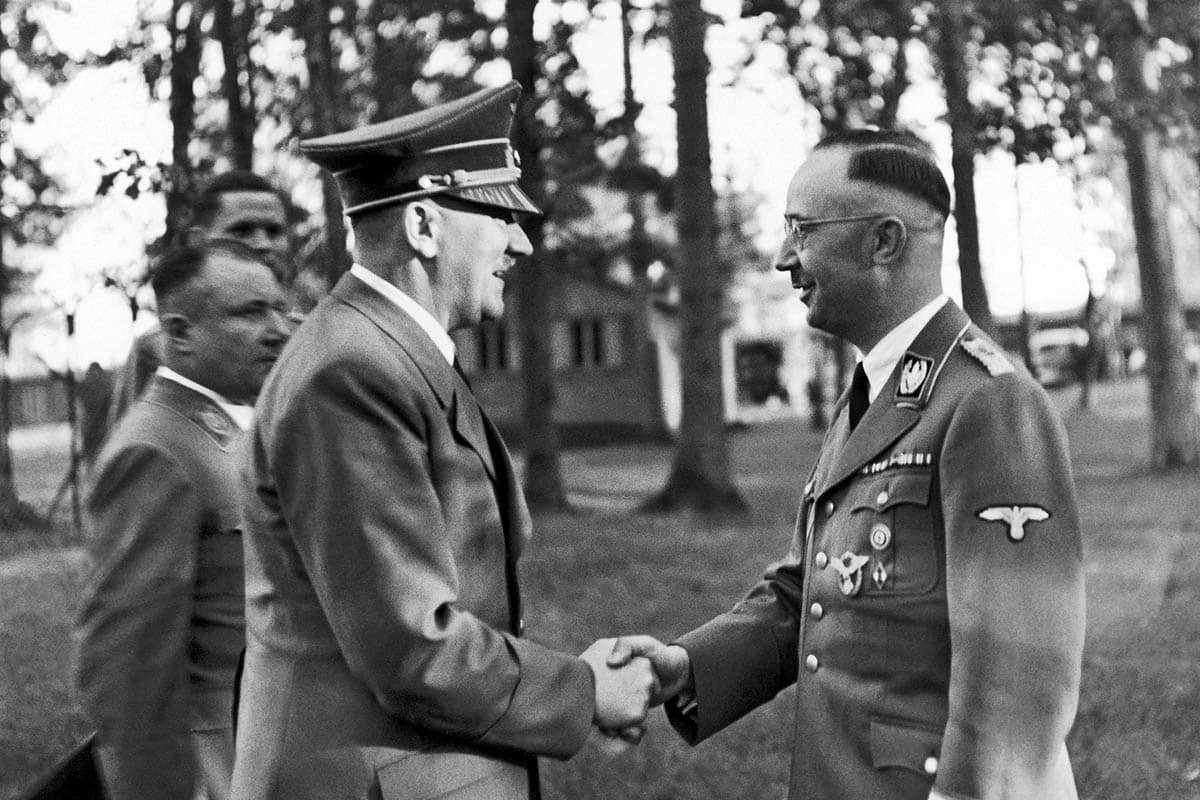
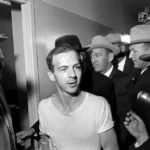
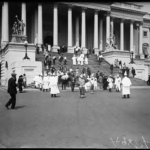


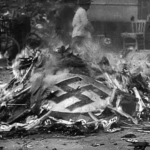



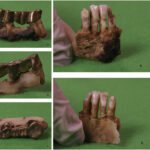
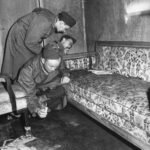
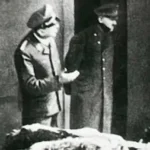
Leave a Reply